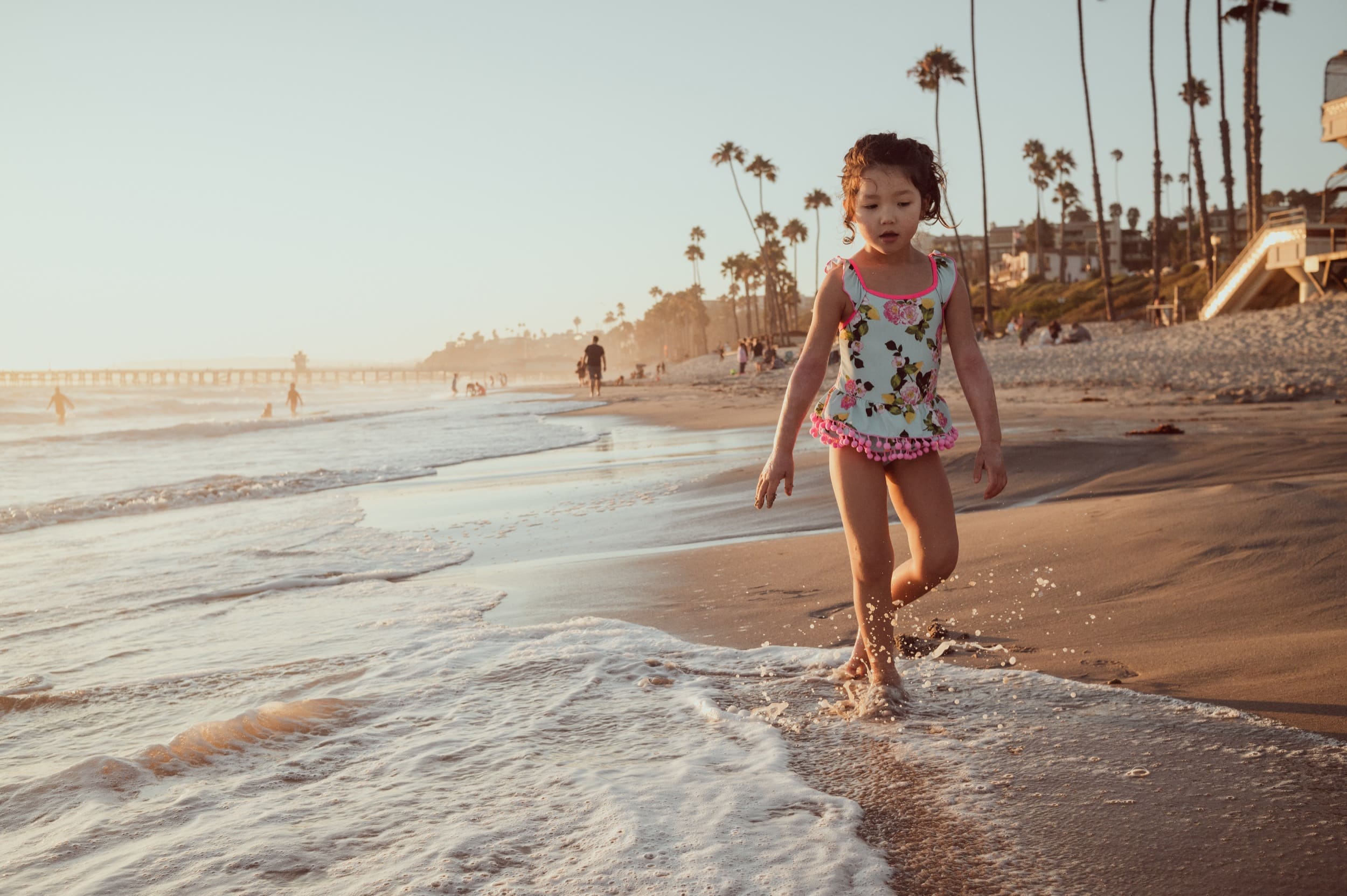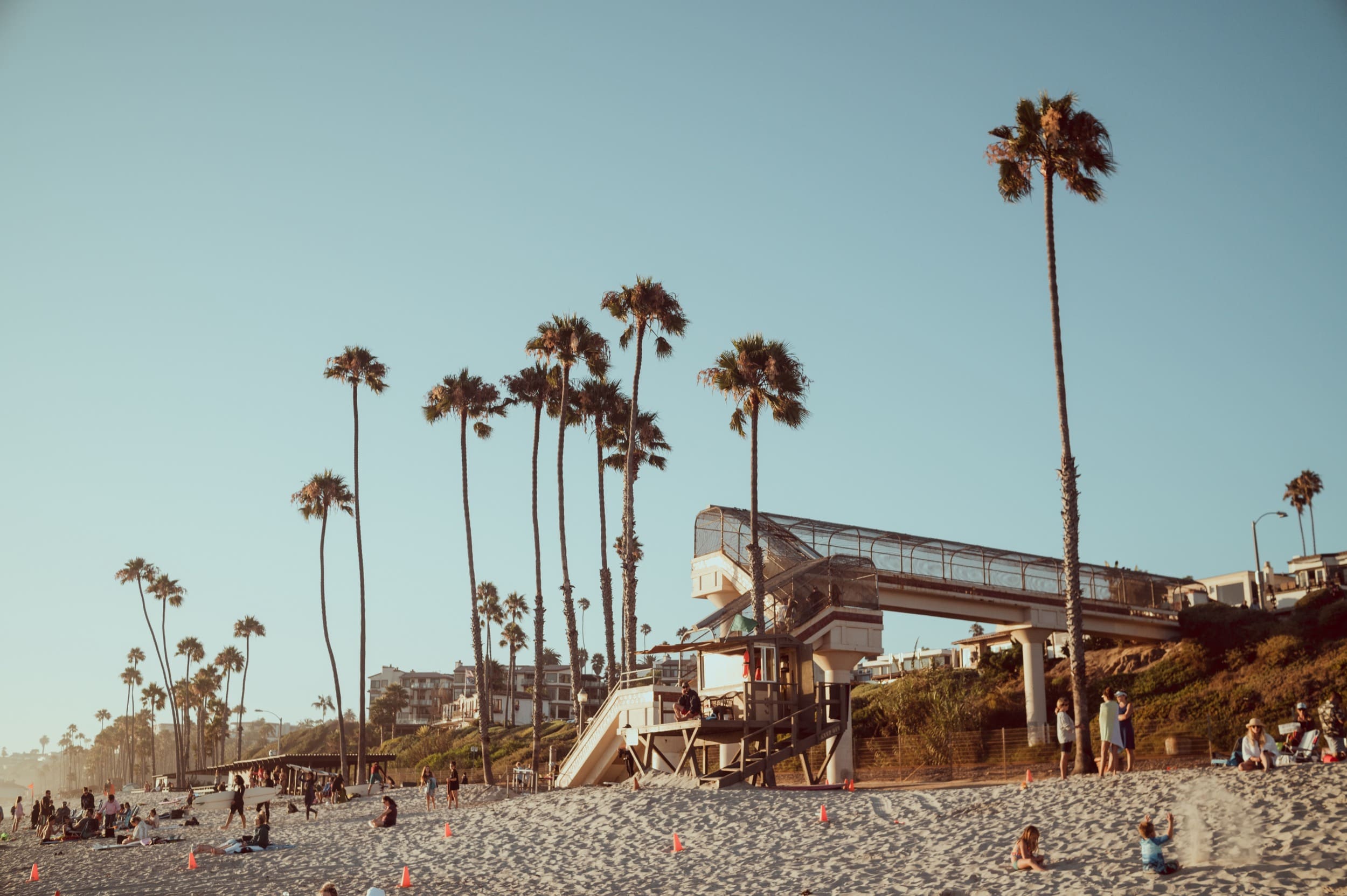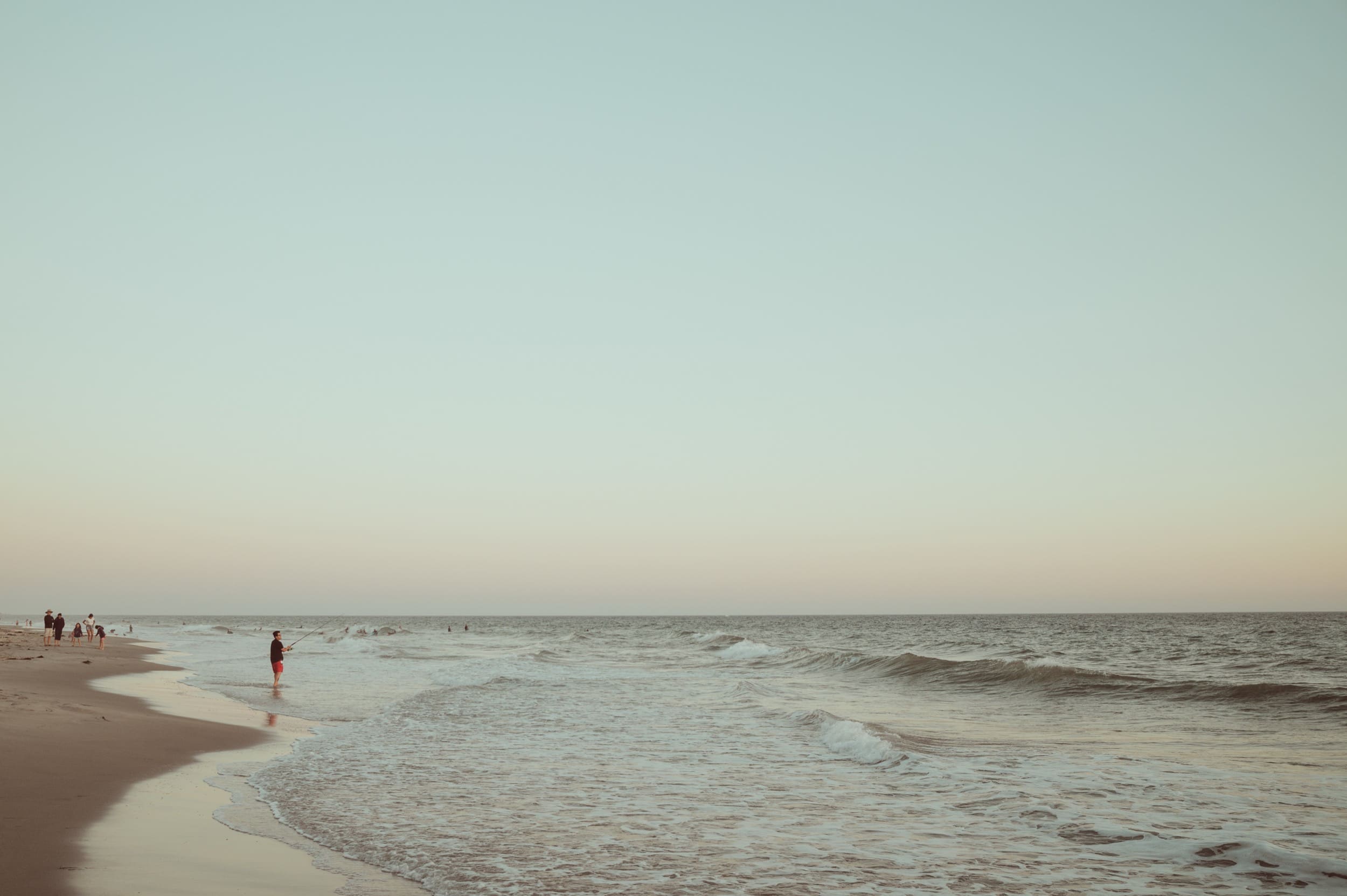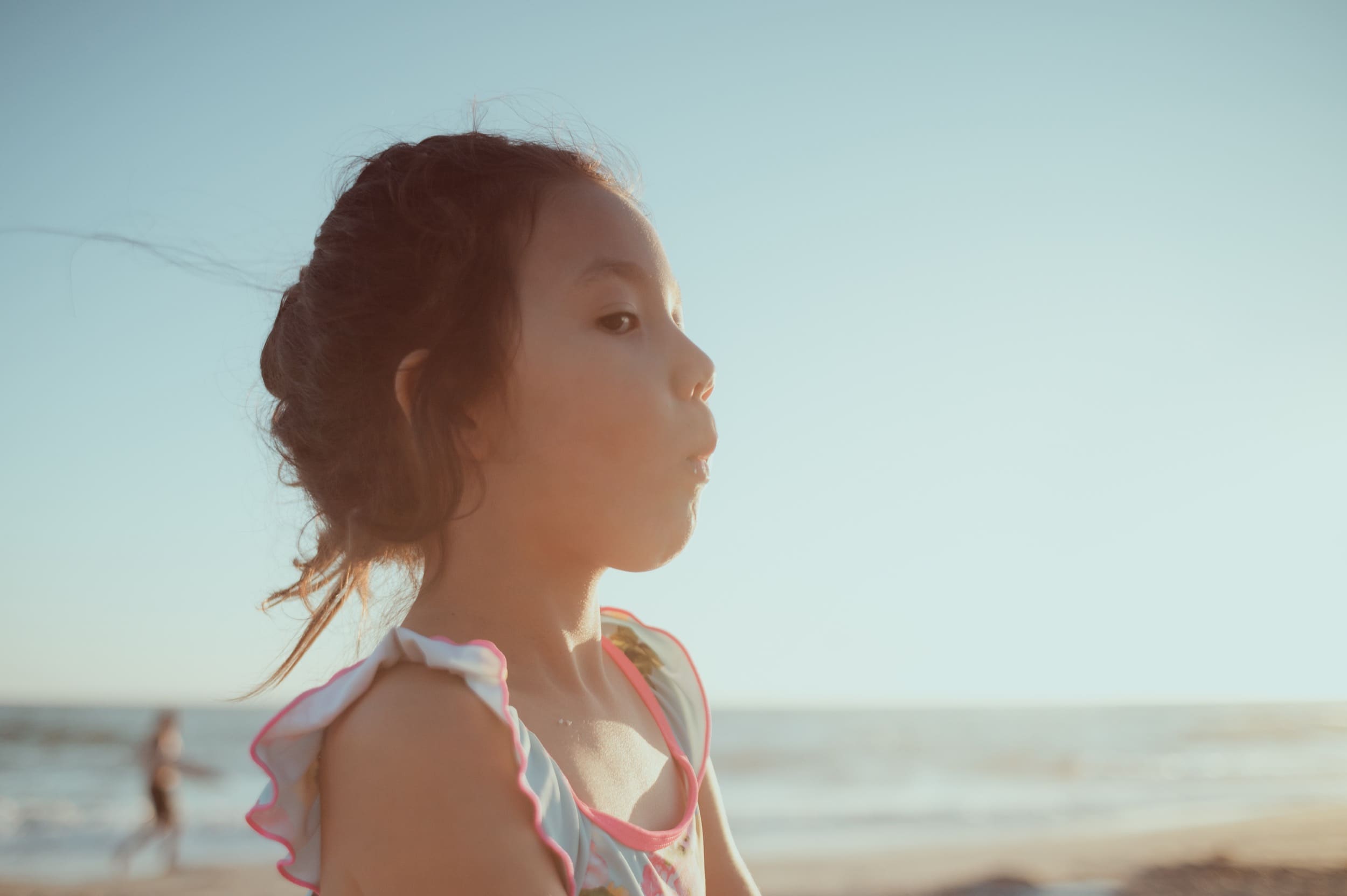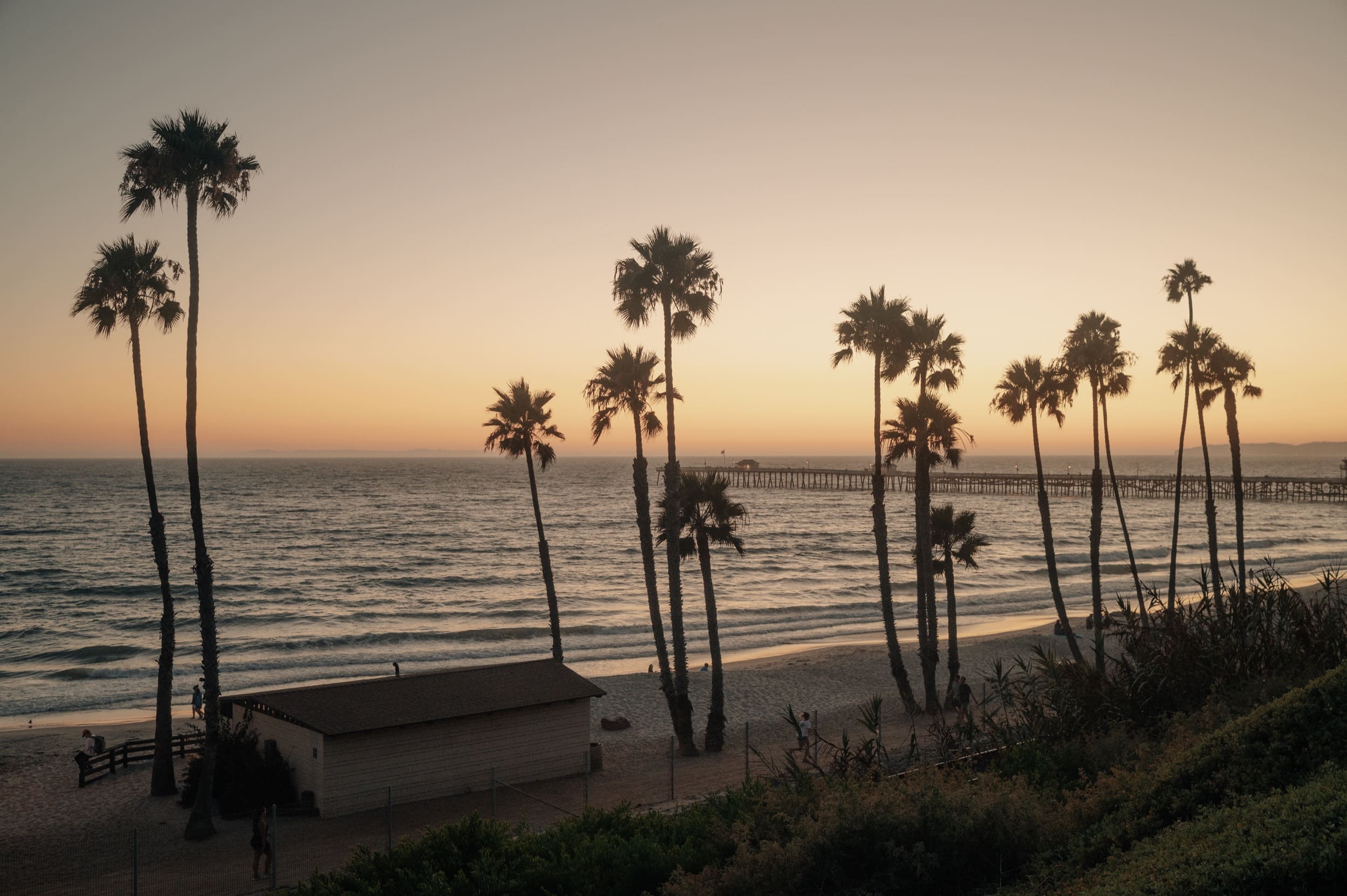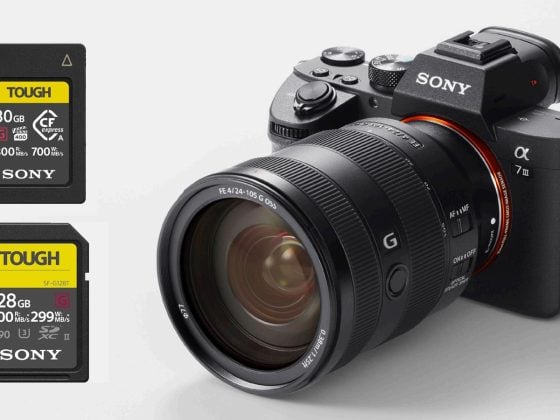There are quite a few manual focus third-party lenses for the Nikon Z system now, and one that I have always liked is the Kipon 35mm f2.4.
I have this lens in a Leica M-Mount, but it is available in a Z mount. I keep the M mount because I can use it on any mirrorless camera system with an adapter. Which I also have for every brand of camera.
This lens does still come in the Z mount and if you buy this lens in a Nikon Z Mount, Sony E Mount, or Canon RF mount, you will get an improved minimum focus distance significantly. If you need a better minimum focus distance but want to keep your M lenses, you would need to get an M-mount adapter with a helicoid. Hawks makes one and also now Voigtlander makes one, but they are expensive.
Having the M mount lens is nice though because it means I have one lens that will work on every system for when I’m testing different cameras as I travel.
This is kind of cool because if you’re a Leica M shooter and love manual focus, you can switch camera brands as you please without having to buy all new lenses.
Using Manual Focus Lenses On The Nikon Z6
What’s it like using manual focus lenses on the Z6?
Pretty good actually. I always like shooting manually the most on Fujifilm cameras because they have such nice focus peaking compared to my Sony cameras. But the Z6 has an even bigger advantage over any Sony or Fujifilm cameras that makes it even better. Bigger, and higher quality LCD screens, plus at the time the Nikon Z6 had one of the best EVFs so it’s incredibly easy to see what you’re doing.
By the way, a trick to tuning your focus peaking is to turn up or down the camera sharpness in the profile settings. Make sure you only shoot RAW doing this though so it doesn’t affect your sharpness on the actual image. This allows me to get a nicer focus peaking on my Sony cameras that are more comparable to Fujifilm.
Like the Panasonic S1 cameras, the superior displays of the Nikon Z system are so nice for using Manual focus lenses. Plus the Z6 has great focus peaking. All of this together gives you nice visual feedback that lets you really see what you’re doing.
Also,
I haven’t been very vocal about this because I haven’t done as much testing as I should. But, the Nikon Z system is one of the best systems for adapting third-party lenses because of the sensor.
Why?
I think it has to do with the sensor stack and the micro-lens design on the sensor.
Sony has a very aggressive micro-lens design to compensate for that small mount, this causes a lot more corner softness and sometimes vignetting or other issues along the edges when adapting some lenses.
The Canon RF system often produces a purple vignetting on some third-party lenses. So far I’m seeing it mostly on 35mm lenses, like the Anthy 35mm and the Voigtlander 35mm f1.7 Ultron.
Of all the systems that I’ve tested (excluding Panasonic), the Nikon Z system produces the best results when using third-party manual focus lenses or adapting Leica M lenses. Best corner performance and no color shifts or strange vignetting patterns.
Why the Kipon 35mm f2.4?
Nothing particular, other than I like the lens. I own a lot of lenses but this one just calls to me.
It’s a very small manual focus 35mm lens, it looks cool, it has some overall nice attributes in terms of the way it renders the image and it’s fun to use for that classic high micro-contrast look.
There are actually two full-frame Kipon lenses I like for this, the 35mm f2.4 IBERIT, and the 75mm f2.4 IBERIT. The 75mm is a true gem, but the Kipon 35mm is also a lot of fun. I just like the way it renders even though the IQ is not really up there with the prestigious Nikon lenses or Sony GM lenses.
It has a little magic that I always find very pleasing. And honestly a lot of times for shooting incidental stuff with my kids, I sometimes like the sort of classic look even more than the look I get with the NIKKOR Z 35mm f1.8S.
New Colors
After launching my Core Color presets which took me almost three years to make, I’ve started focusing more attention on another preset pack.
While Core is based on everyday usable film looks, this new pack, Solaris, is based more on mid-century looks. Like Kodachrome. It pushes the fades and colors shifts a lot harder than Core.
These photos are based on one of the looks in the set with an Orange and Teal formula. While I know orange and teal can be a bit overdone, I always find it works really well at the beach since the colors naturally tend to lean in that direction anyway. All it takes is a little push.
Pair it up with a lens that has some nice classic rendering and you get a winning combo.
Why Most Of These Photos Are Shot At ISO 320
There is a setting in the Nikon Z6 called active D-Lighting. Most cameras have something similar, with Fujifilm it will be under the DR settings, like DR100 or DR200. Canon has highlighted tone priority.
What this does is it will limit the ISO to pretty much preserve highlights, so you get a little bit more dynamic range on the top end.
Now that all these cameras are so good with their dynamic range, I like to turn them on when shooting casually to limit the highlights from blowing out. Sometimes you get a little more grain but I like a little grain so that’s not a problem for me.
| **This website contains affiliate links. We will earn a small commission on purchases made through these links. Some of the links used in these articles will direct you to Amazon. As an Amazon Associate, I earn from qualifying purchases. |

